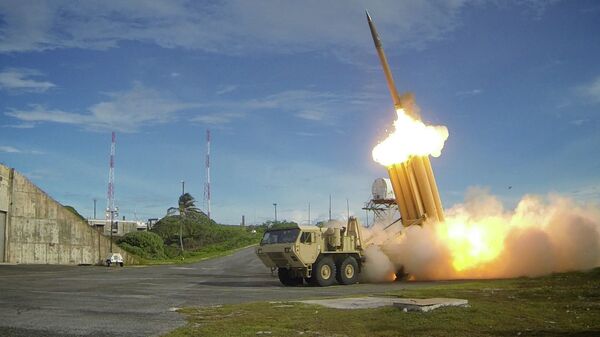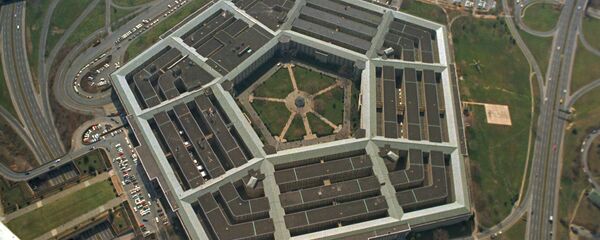The report is expected within a few weeks, according to the Hill.
While it's not totally clear what the Ballistic Missile Defense Review will say, it will likely align with the Pentagon's 2019 budget request for $12.9 billion toward ballistic missile defense and $3.9 billion for the Missile Defense Agency.
The 2019 White House defense budget calls for 43 Aegis missile interceptors at a cost of $1.7 billion, four Ground-based Midcourse Defense interceptors and 10 silos for $2.1 billion, 82 Terminal High Altitude Area Defense (THAAD) interceptor batteries and 240 PAC-3 missiles, setting the budget back a cool $1.1 billion.
"It is very important that we will be able to defend all of the United States and its territories. I hope that what we're seeing is an increased urgency to deploy more of existing systems and to develop new systems," Representative Mac Thornberry (R-TX) told the Hill last Thursday following a House Armed Services Committee hearing.
The US National Security Strategy released earlier this year recognized great power competition with Russia and China as a higher national security priority than terrorism. Deputy Assistant Secretary of Defense for Strategy Elbridge Colby told reporters on January 29 that the strategy was not calling for more competition but "recognizes the reality of increasing effectiveness and capability of what the strategy calls the ‘revisionist rivals,' particularly China and Russia… We are already in a state of competition."
"It is not a strategy of confrontation, it is a strategy that recognizes competition so that we can maintain our interests and keep the peace," Colby said.
Meanwhile, the nuclear review called for the creation of new weapons that some Russian officials said would lead to a renewed arms race. The CEO of Russian state-owned corporation Rostec, Sergey Chemezov, told the Washington Post, "the closer relations are between Russia and America, the more arms should be reduced — first and foremost nuclear arms. And what do we see now? The United States is adopting a new program… It will lead to another arms race, because we will have to do the same as the Americans."




